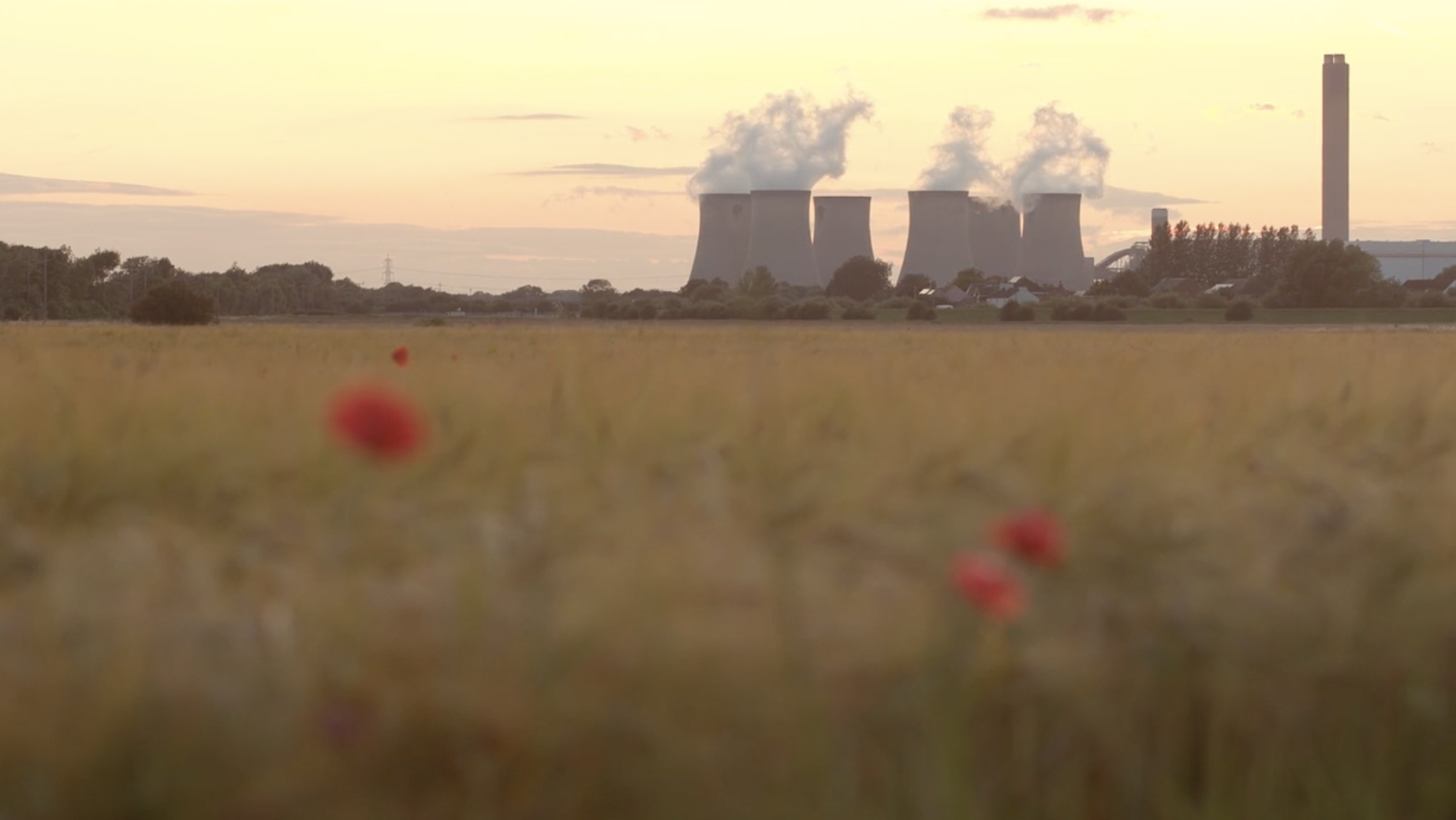
https://www.drax.com/wp-content/uploads/2020/02/Drax-2019-FYR-27-February-2019.pdf

https://www.drax.com/wp-content/uploads/2020/02/Drax-2019-FYR-27-February-2019.pdf
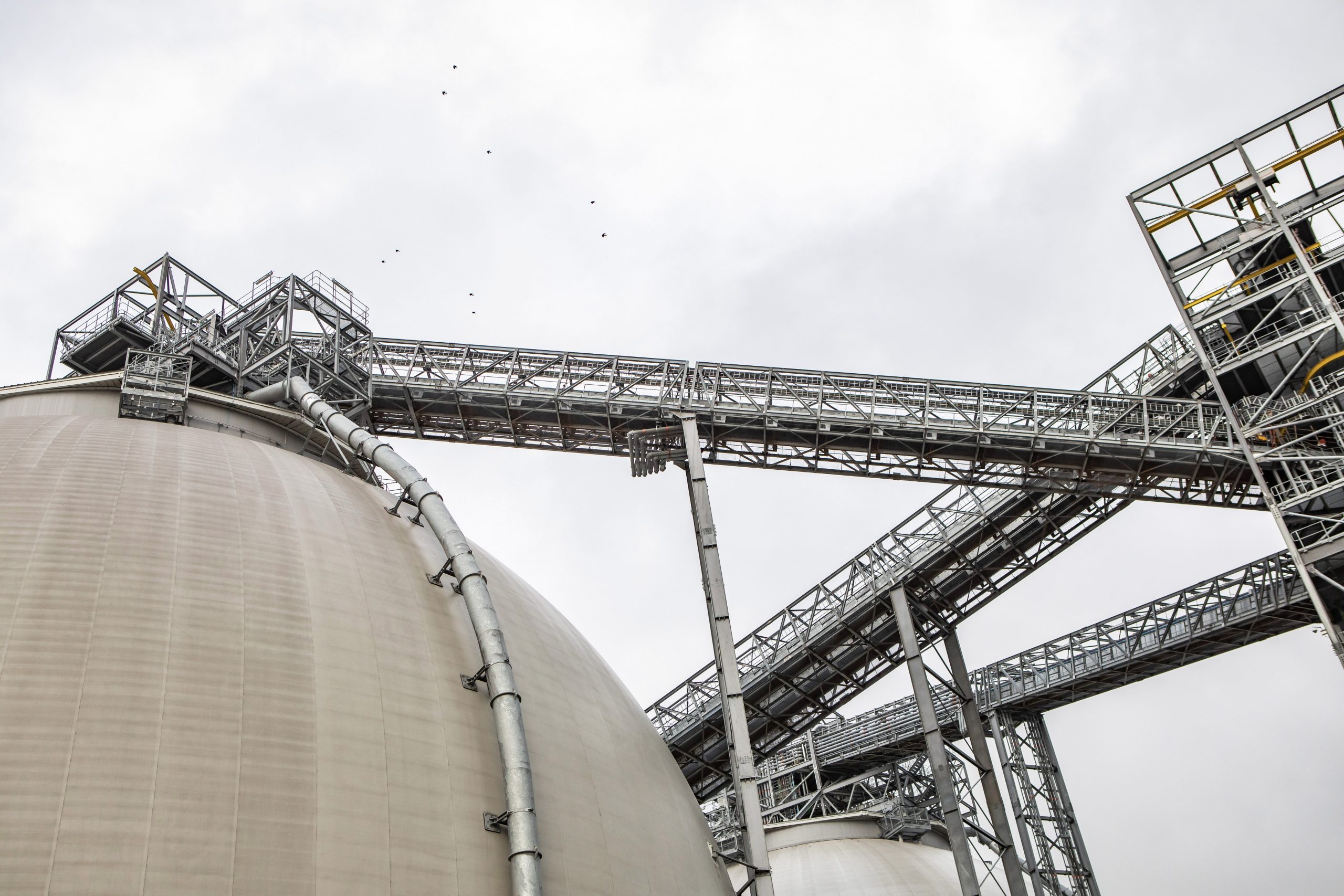
Drax Group plc
(“Drax” or the “Group”; Symbol:DRX)
RNS Number : 2763E
| Twelve months ended 31 December | 2019 | 2018 |
|---|---|---|
| Key financial performance measures | ||
| Adjusted EBITDA (£ million) (1)(2) | 410 | 250 |
| Net cash from operating activities (£ million) | 413 | 311 |
| Net debt (£ million) (3) | 841 | 319 |
| Total dividends (pence per share) | 15.9 | 14.1 |
| Adjusted basic earnings per share (pence) (1) | 29.9 | 10.4 |
| Total financial performance measures | ||
| Operating profit (£ million) | 62 | 60 |
| Profit after tax (£ million) | 1 | 20 |
| Basic earnings per share (pence) | 0.1 | 5 |

Engineer planning work near Cruachan Power Station dam and reservoir

Engineer working at Rye House Power Station in Hertfordshire
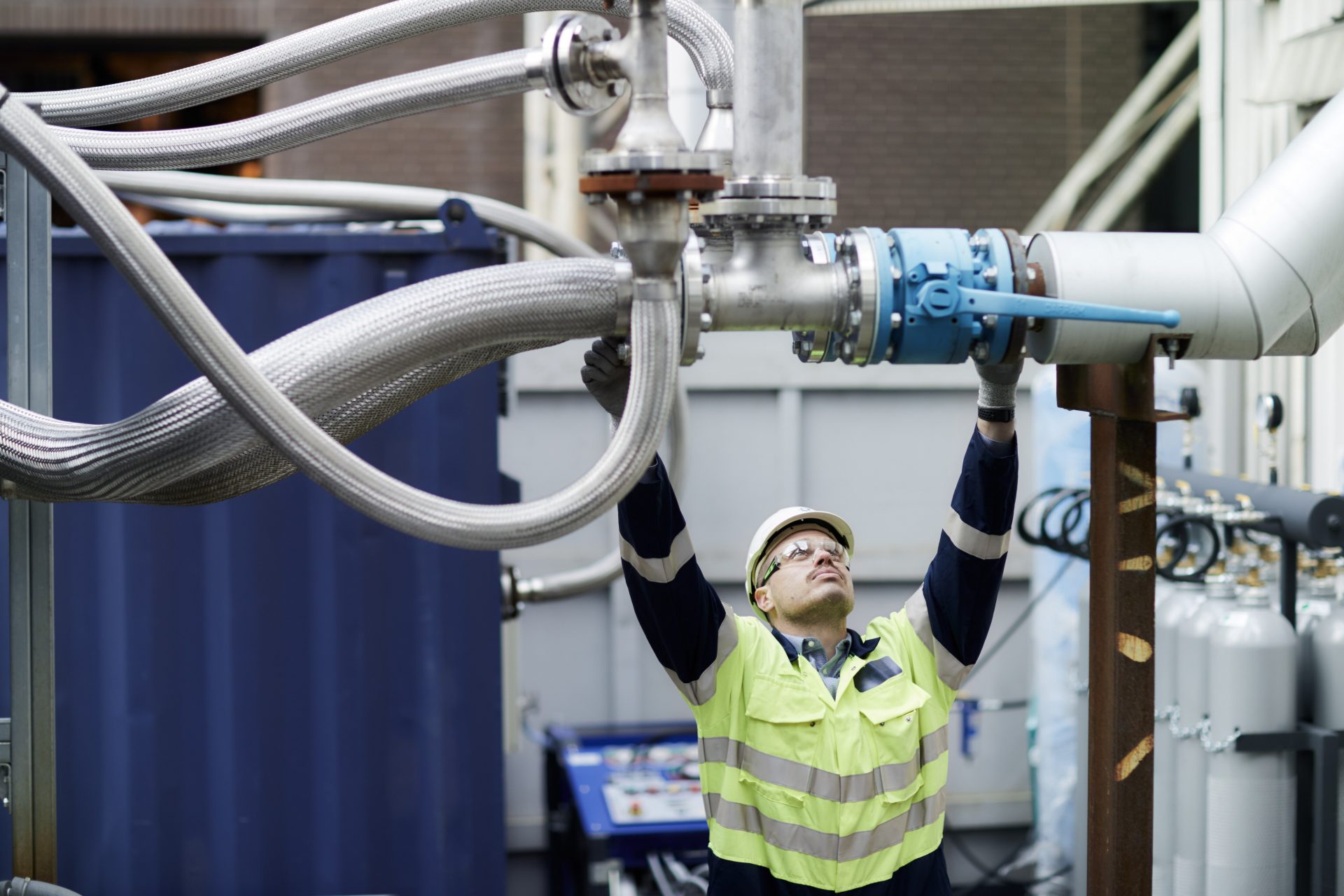
Innovation engineer inspecting CCUS incubation area BECCS pilot plant at Drax Power Station, 2019
“Drax has delivered a strong set of full-year results following the successful integration of new hydro and gas generation assets and made good progress with its strategic initiatives to build a long-term future for sustainable biomass and be the leading provider of power system stability. Drax achieved these results while still delivering a 47 percent reduction in its carbon emissions compared with the previous year.”

Drax Group CEO Will Gardiner in the control room at Drax Power Station.
“And today, Drax has also taken a significant step towards its ambition to be carbon negative by 2030 and help the UK achieve its net zero target by ending coal generation ahead of the Government’s target.
“This moves Drax and the UK closer to meeting their climate targets, while continuing to provide the flexible and reliable renewable power that millions of British homes and businesses rely on.
“Drax remains fully committed to the regions where it operates and with the right regulatory and investment framework is well positioned to deliver its plans for Yorkshire and the Humber. Using bioenergy with carbon capture and storage at Drax would anchor a new zero carbon cluster that could help protect thousands of jobs and create new opportunities for clean growth in the north and throughout the UK.”
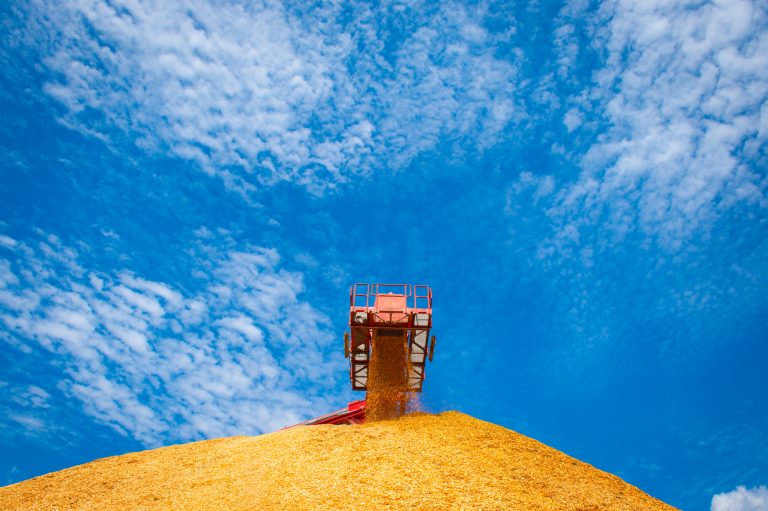
Woodchips and sawmill residue at Drax LaSalle Bioenergy in Louisiana, September 2019
Pellet Production – focus on capacity expansion with good quality pellets at lowest cost
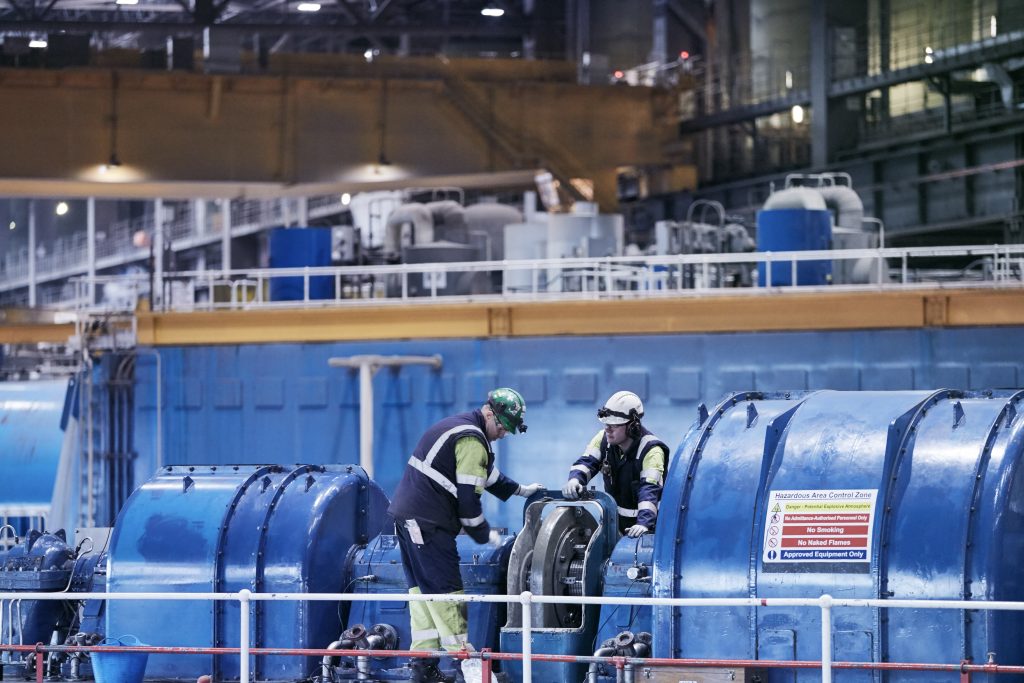
Engineers inspect generator in Drax Power Station turbine hall, 2019
Power Generation – flexible, low-carbon and renewable generation

Opus Energy employees holding meeting in Northampton, 2019
Customers – growth in margin per MWh and customer meters
View complete full year report
View analyst presentation
Watch webcast
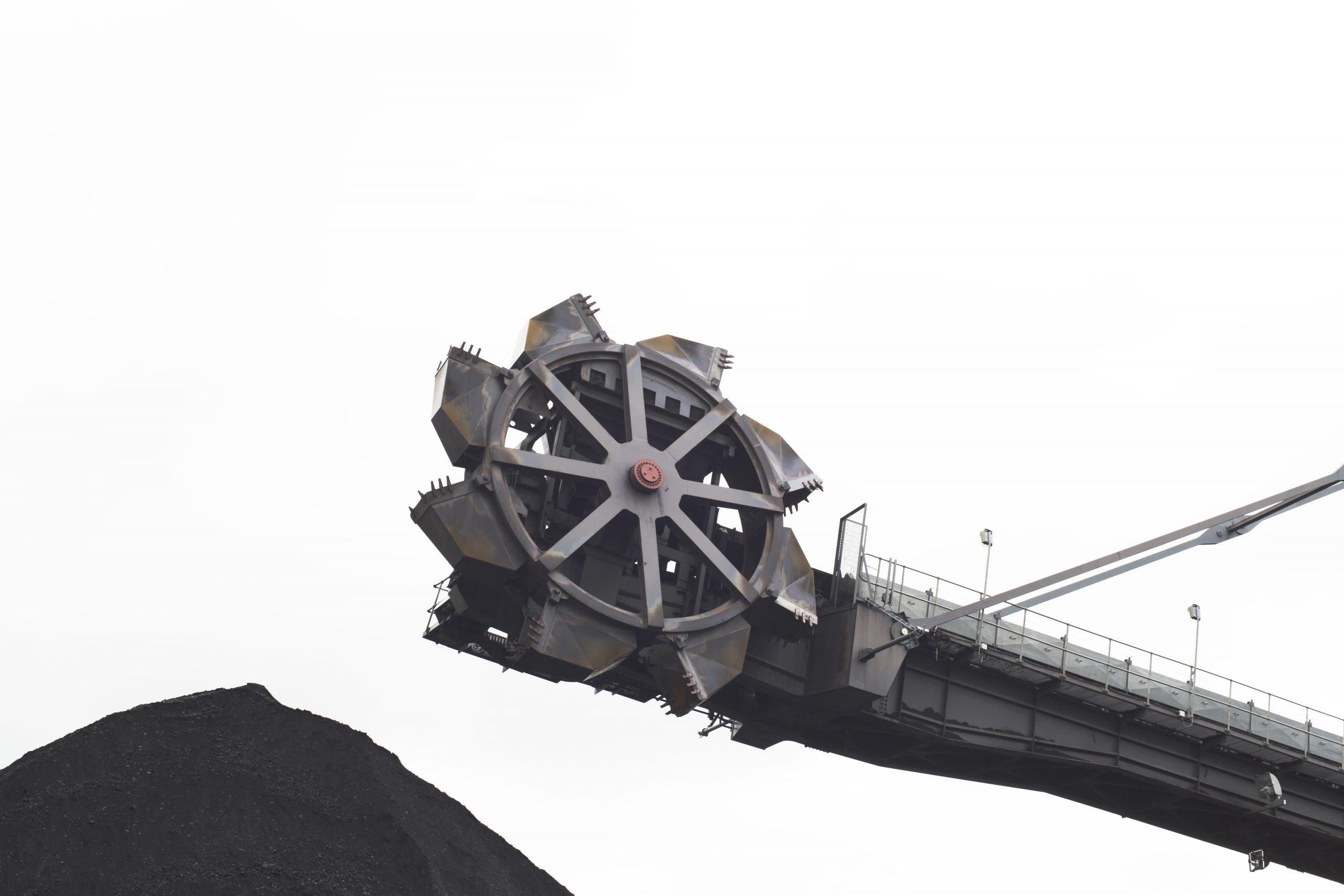
Drax Group plc
(“Drax” or the “Group”; Symbol:DRX)
RNS Number : 2747E
Following a comprehensive review of operations and discussions with National Grid, Ofgem and the UK Government, the Board of Drax has determined to end commercial coal generation at Drax Power Station in 2021 – ahead of the UK’s 2025 deadline.
Commercial coal generation is expected to end in March 2021, with formal closure of the coal units in September 2022 at the end of existing Capacity Market obligations.
“Ending the use of coal at Drax is a landmark in our continued efforts to transform the business and become a world-leading carbon negative company by 2030. Drax’s move away from coal began some years ago and I’m proud to say we’re going to finish the job well ahead of the Government’s 2025 deadline.
“By using sustainable biomass we have not only continued generating the secure power millions of homes and businesses rely on, we have also played a significant role in enabling the UK’s power system to decarbonise faster than any other in the world.
“Having pioneered ground-breaking biomass technology, we’re now planning to go further by using bioenergy with carbon capture and storage (BECCS) to achieve our ambition of being carbon negative by 2030, making an even greater contribution to global efforts to tackle the climate crisis.
“Stopping using coal is the right decision for our business, our communities and the environment, but it will have an impact on some of our employees, which will be difficult for them and their families.
“In making the decision to stop using coal and to decarbonise the economy, it’s vital that the impact on people across the North is recognised and steps are taken to ensure that people have the skills needed for the new jobs of the future.”
Drax will shortly commence a consultation process with employees and trade unions with a view to ending coal operations. Under these proposals, commercial generation from coal will end in March 2021 but the two coal units will remain available to meet Capacity Market obligations until September 2022.
The closure of the two coal units is expected to involve one-off closure costs in the region of £25-35 million in the period to closure and to result in a reduction in operating costs at Drax Power Station of £25-35 million per year once complete. Drax also expects a reduction in jobs of between 200 and 230 from April 2021.
The carrying value of the fixed assets affected by closure was £240 million, in addition to £103 million of inventory at 31 December 2019, which Drax intends to use in the period up to 31 March 2021. The Group expects to treat all closure costs and any asset obsolescence charges as exceptional items in the Group’s financial statements. A further update on these items will be provided in the Group’s interim financial statements for the first half of 2020.
As part of the proposed coal closure programme the Group is implementing a broader review of operations at Drax Power Station. This review aims to support a safe, efficient and lower cost operating model which, alongside a reduction in biomass cost, positions Drax for long-term biomass generation following the end of the current renewable support mechanisms in March 2027.
While previously being an integral part of the Drax Power Station site and offering flexibility to the Group’s trading and operational performance, the long-term economics of coal generation remain challenging and in 2019 represented only three percent of the Group’s electricity production. In January 2020, Drax did not take a Capacity Market agreement for the period beyond September 2022 given the low clearing price.
Drax Investor Relations:
Mark Strafford
+44 (0) 7730 763 949
Drax External Communications:
Ali Lewis
+44 (0) 7712 670 888
Website: www.drax.com
END

Information regarding the results presentation meeting and webcast is detailed below.
Management will host a presentation for analysts and investors at 9:00am (UK Time), Thursday 27 February 2020, at FTI Consulting, 200 Aldersgate, Aldersgate Street, London, EC1A 4HD.
Would anyone wishing to attend please confirm by e-mailing Rosie.Corbett@fticonsulting.com or calling Rosie Corbett at FTI Consulting on +44 (0) 20 3727 1718
The meeting can also be accessed remotely via a live webcast, as detailed below. After the meeting, the webcast will be made available and access details of this recording are also set out below.
A copy of the presentation will be made available from 7:00am (UK time) on Thursday 27 February 2020 for download at: https://www.drax.com/investors/results-reports-agm/#investor-relations-presentations
Event Title: Drax Group plc: Full Year Results
Event Date: Thursday 27 February 2020, 9:00am (UK time)
Webcast Live Event Link: https://secure.emincote.com/client/drax/drax005
Start Date: Thursday 27 February 2020
Delete Date: Thursday 31 December 2020
Archive Link: https://secure.emincote.com/client/drax/drax005
For further information please contact Rosie.Corbett@fticonsulting.com on +44 (0) 20 3727 1718
Website: www.drax.com
END

RNS Number : 6536B
Drax confirms that it has provisionally secured agreements to provide a total of 2,562MW of capacity (de-rated 2,333MW) from its existing gas, pumped storage and hydro assets(1). The agreements are for the delivery period October 2022 to September 2023, at a price of £6.44/kW(2) and are worth £15 million in that period. These are in addition to existing agreements which extend to September 2022.
Drax did not accept agreements for its two coal units(3) at Drax Power Station or the small Combined Cycle Gas Turbine (CCGT) at Blackburn Mill(4) and will now assess options for these assets, alongside discussions with National Grid, Ofgem and the UK Government.
A new-build CCGT at Damhead Creek and four new-build Open Cycle Gas Turbine projects participated in the auction but exited above the clearing price and did not accept agreements.
Drax has prequalified its existing assets(5) and options for the development of new gas generation to participate in the T-4 auction, which takes place in March 2020. The auction covers the delivery period from October 2023.
Following confirmation that a Judicial Review will now proceed against the Government, regarding the decision to grant planning approval for new CCGTs at Drax Power Station, Drax does not intend to take a Capacity Market agreement in the forthcoming T-4 auction. This project will not participate in future Capacity Market auctions until the outcome of the Judicial Review is known.
Drax Investor Relations
Mark Strafford
+44 (0) 7730 763 949
Drax External Communications
Matt Willey
+44 (0) 0771 137 6087
Photo caption: Drax’s Kendoon Power Station, Galloway Hydro Scheme, Scotland
Website: www.drax.com

Over the past decade the United Kingdom has decarbonised significantly as coal power has been replaced by sources like biomass, wind and solar. Every year power generation emits fewer and fewer tonnes of carbon thanks to renewables and with the ban on the sale of new diesel and petrol cars coming in no later than 2040, roads and urban areas are about to get cleaner too.
However, there are still tough challenges ahead if the UK is to meet its target of carbon neutrality by 2050. Aviation, heavy industry, agriculture, shipping, power generation – some of the key activities of daily economic life – all remain reliant on fuels that emit carbon.
This is where Greenhouse Gas Removal (GGR) technologies have a big role to play. These can capture carbon dioxide (CO2) and other greenhouse gases from the atmosphere, and either store them or use them, helping the drive towards carbon neutrality.
While the idea of being able to capture carbon has been around for some time, the technology is fast catching up with the ambition. There now exist a number of credible solutions that allow for capturing emissions. The challenge, however, is putting in place the framework and policies needed to enable technologies to be implemented at scale.
Time is short. A recent report by Vivid Economics for the Department for Business, Energy and Industrial Strategy (BEIS) emphasised the need for government action now if we are to achieve the volume of carbon removal needed to achieve net zero emissions by 2050.
The planet naturally absorbs CO2, forests absorb it as they grow, mangroves trap it in flooded soils, and oceans absorb it from the air. So, harnessing this power through planting, growing and actively managing forests is one natural method of GGR that can be easily implemented by policy.

Aerial view of mangrove forest and river on the Siargao island. Philippines.
The idea of using technology to capture CO2 and prevent its release into the atmosphere has been around since the 1970s. It was first deployed successfully in enhanced oil recovery, when captured emissions are injected into underground oil reserves to help remove the oil from the ground.
Over time it’s been developed and is now in place in a number of fossil fuel power stations around the world, allowing them to cut emissions. However, by combining the same technology with renewable fuels like compressed biomass wood pellets, we can generate electricity that is carbon negative.
Each of these solutions operate in different ways, but all are important. Vivid Economics’ report emphasises that a range of different solutions will be required to reach a point where 130 million tonnes of CO2 (MtCO2) are being removed from the atmosphere in the UK annually by 2050.
However, investment and clear government planning and guidance will be crucial in enabling the growth of GRR. The report estimates large-scale GGR could cost around £13 billion per year by 2050 in the UK alone, a figure similar in size to current government support for renewables.
“If you went back 20-odd years, people were sceptical of the role of wind, solar and biomass and whether the technologies would ever get to a cost point where they could be viably deployed at scale,” explains Drax Policy Analyst Richard Gow.
“In the last few years we’ve seen enormous cost reductions in renewables and people are far more confident in investing in them – that has been driven by very good government policy.”
GGR needs the same clear long-term strategy to enable companies to make secure investments and innovate. But what shape should those policies take for them to be effective?
Perhaps the most straightforward route to enabling GGR is to build on existing policies. For example, there are existing tree planting schemes such as the Woodland Carbon Fund, Woodland Carbon Code and the Country Stewardship Scheme, all of which could receive greater regulatory support, or additional rules obliging emitters to invest in actively managed forests.
More technically complex solutions, like bioenergy with carbon capture and storage (BECCS) and direct air carbon capture and storage (DACCS), could be incentivised by alternative mechanisms in order to provide clarity on, and to stabilise, revenue streams. These are already used to support companies building low-carbon power generation such as through the Contracts for Difference scheme and have been effective in encouraging investment in projects with high upfront costs and long-payback periods.

Alternative options to support the roll-out of negative emissions technologies should also be considered. For example, the government could make it obligatory for companies that contribute to emissions, to pay for GGR to avoid increased burden on electricity consumers.
In such a scenario, fossil fuel suppliers would be required to offset the emissions of their products by buying negative emissions certificates from GGR providers. As a result, the price of fossil fuels for users would likely rise to cover this expense and the costs would then be shared across the supply chain rather than just a single party.
Another approach that passes the costs of GGR deployment on to emitters is using emissions taxes to fund tax credits for GGR providers.
Making these tax credits tradable would also mean any large tax-paying company, such as a supermarket or bank, could buy tax credits from GGR providers. This approach would come at no cost to government as sales of the tax credits would be funded by an emissions tax and would offer revenue to GGR providers.
The challenge with tax credits, however, is they are vulnerable to changes in government. An alternative is to offer direct grants and long-term contracts with GGR providers which would ensure funding for projects that transcends changes in Parliament. They could, however, prove costly for government.
Whatever policy pathway the government may choose to follow, there are underlying foundations needed to support effective GGR deployment.
There are still many unknown factors in GGR deployment, such as the precise volume that will be needed to counter hard-to-abate emissions. This means all policy must be flexible to allow for future changes, and the individual requirements of different regions (forest-based solutions might suit some regions, DACCS might be better in others).
Underlying the strength of any of these policies, is the need for accurate carbon accounting. Understanding how much emissions are removed from the atmosphere by each technology will be key to reaching a true net zero status and giving credibility to certificates and tax credits.
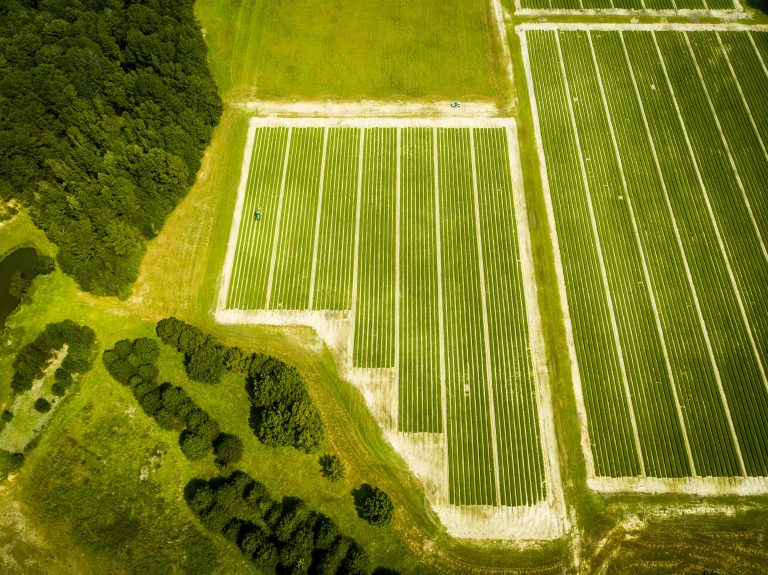
Pearl River Nursery, Mississippi
Proper accounting of different technologies’ impact will also be crucial in delivering innovation grants. These can come through the UK’s existing innovation structure and will be fundamental to jumpstarting the pilot programmes needed to test the viability of GGR approaches before commercialisation.
Different approaches to GGR have different levels of effectiveness as well as different costs. BECCS, for example, serves two purposes in both generating low-carbon power and capturing emissions – resulting in overall negative emissions across the supply chain.
“It’s important to account for the full value chain of BECCS,” explains Gow. “Therefore, it should be rewarded through two mechanisms: a CfD for the clean electricity produced and an incentive for the negative emissions. A double policy here is important because you are providing two products which benefit different sectors of the economy, one benefits power consumers and the other provides a service to society and the environment as a whole, and cost should be apportioned as such.
BECCS and DACCS also have to consider wider supply chains, such as carbon transport and storage infrastructure. Although this requires a high initial investment, by connecting to industrial emitters, it can enable providers to recover the costs through charges to multiple network users.
Ultimately, the key to making any GGR policies work effectively and efficiently is speed. In order to put in place accounting principles, test different methods, and begin courting investors, government needs to act now.
The Vivid Economics report “is further confirmation of the vital role that BECCS will play in reaching a net zero-carbon economy and the need to deploy the UK’s first commercial project in the 2020s,” Drax Group CEO Will Gardiner says.
“Our successful BECCS pilot is already capturing a tonne of carbon a day. With the right policies in place, Drax could become the world’s first negative emissions power station and the anchor for a zero carbon economy in the Humber region.”
It will be significantly more cost efficient to begin deploying GGR in the next decade and slowly increase it up to the level of 130 MtCO2 per year, than attempting to rapidly build infrastructure in the 2040s in a last-ditch effort to meet carbon neutrality by 2050.
Read the Vivid Economics report for BEIS, Greenhouse Gas Removal (GGR) policy options – Final Report. Our response is here. Read an overview of negative emissions techniques and technologies. Find out more about Zero Carbon Humber, the Drax, Equinor and National Grid Ventures partnership to build the world’s first zero carbon industrial cluster and decarbonise the North of England.
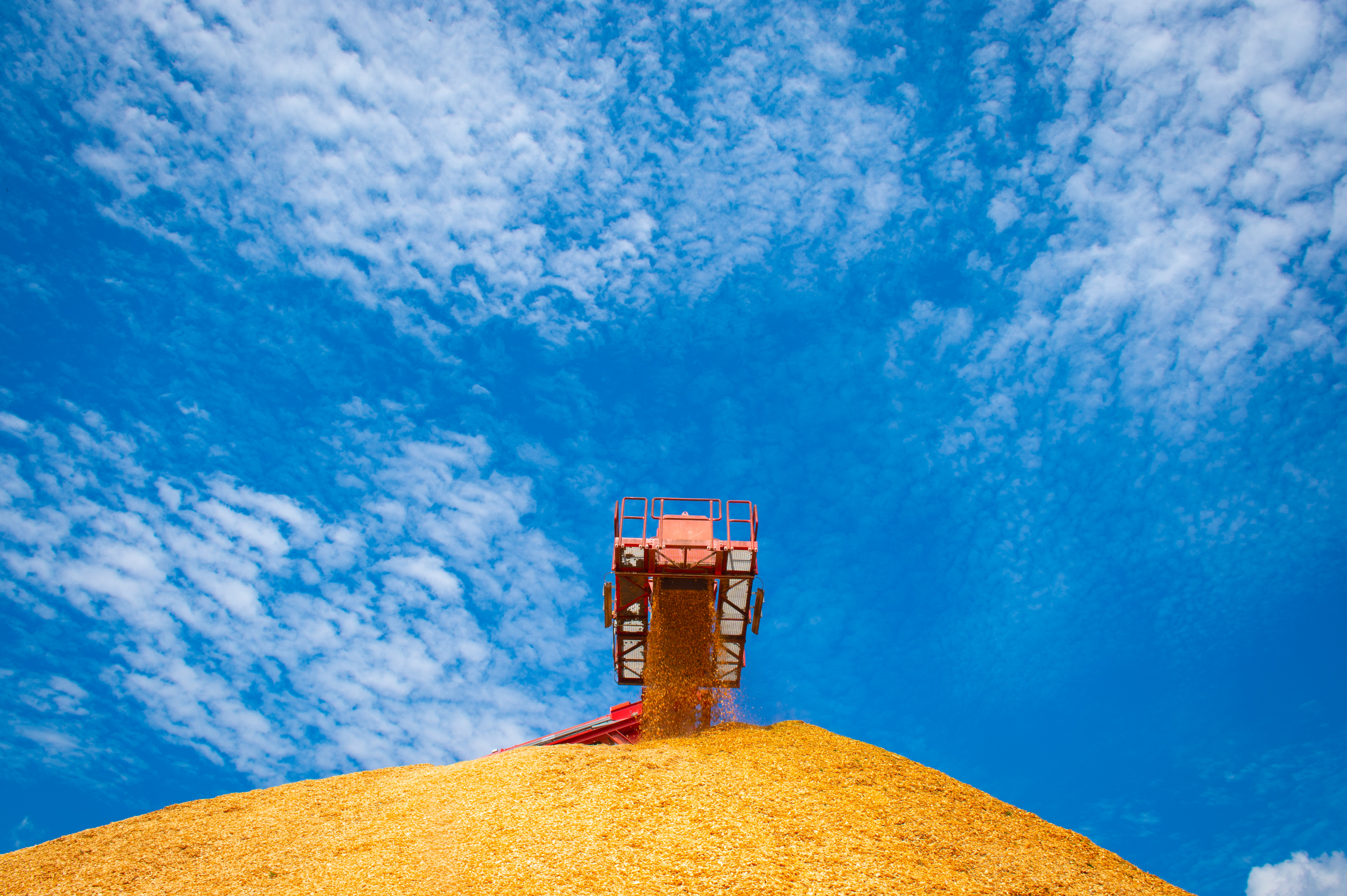
“Drax’s purpose is to enable a zero-carbon lower cost energy future. We believe sustainable biomass has a long-term critical role to play. That’s why we plan to supply 80 percent of our biomass from our own sources – a significant increase on the 20 percent we currently self-supply. Supplying more of our own biomass will cut costs and reduce supply chain risks, ensuring our biomass power generation remains viable in the long term. When combined with carbon capture it will also enable negative emissions, helping the UK on its path to net zero by 2050.”
Drax is today hosting a Capital Markets Day for investors and analysts.
Will Gardiner and his management team will update on how the Group is delivering on its purpose. The day will outline the significant opportunities Drax sees in growing its biomass supply and renewable generation businesses.
As a part of the Group’s key strategic objective of building a long-term future for sustainable biomass, Drax remains focused on opportunities to reduce its cost of biomass to a level which is economic without subsidy in 2027.
These savings will be delivered through further optimisation of existing biomass operations and greater utilisation of low-cost wood residues; an expansion of the fuel envelope to incorporate other renewable fuels and; a significant expansion of self-supply capacity.
Drax is targeting five million tonnes of self-supply capacity by 2027 (1.5 million today, plus 0.35 million tonnes in development), with greater scope for operational leverage and cost reduction. Drax will continue to work with its current suppliers to develop its portfolio.
At the 2019 half year results, Drax announced an investment in low-cost capacity at its existing three sites in the US Gulf, adding 350k tonnes of new capacity by 2021. The capital cost is in the region of £50 million, enabling targeted fuel cost savings in excess of £15/MWh on the additional capacity once commissioned.
Drax is evaluating options to deliver an additional three million tonnes of capacity. These options are expected to deliver returns significantly in excess of the Group’s cost of capital, with strong cash flow generation and a fast payback.
These activities would enable Drax to develop an unsubsidised biomass generation business by 2027, with the option to service wood pellet demand in other markets – Europe, North America and Asia.
Biomass sustainability is at the heart of the Group’s activities and Drax has implemented industry leading processes which support this expansion, encourage forest growth and make a positive contribution to climate change.
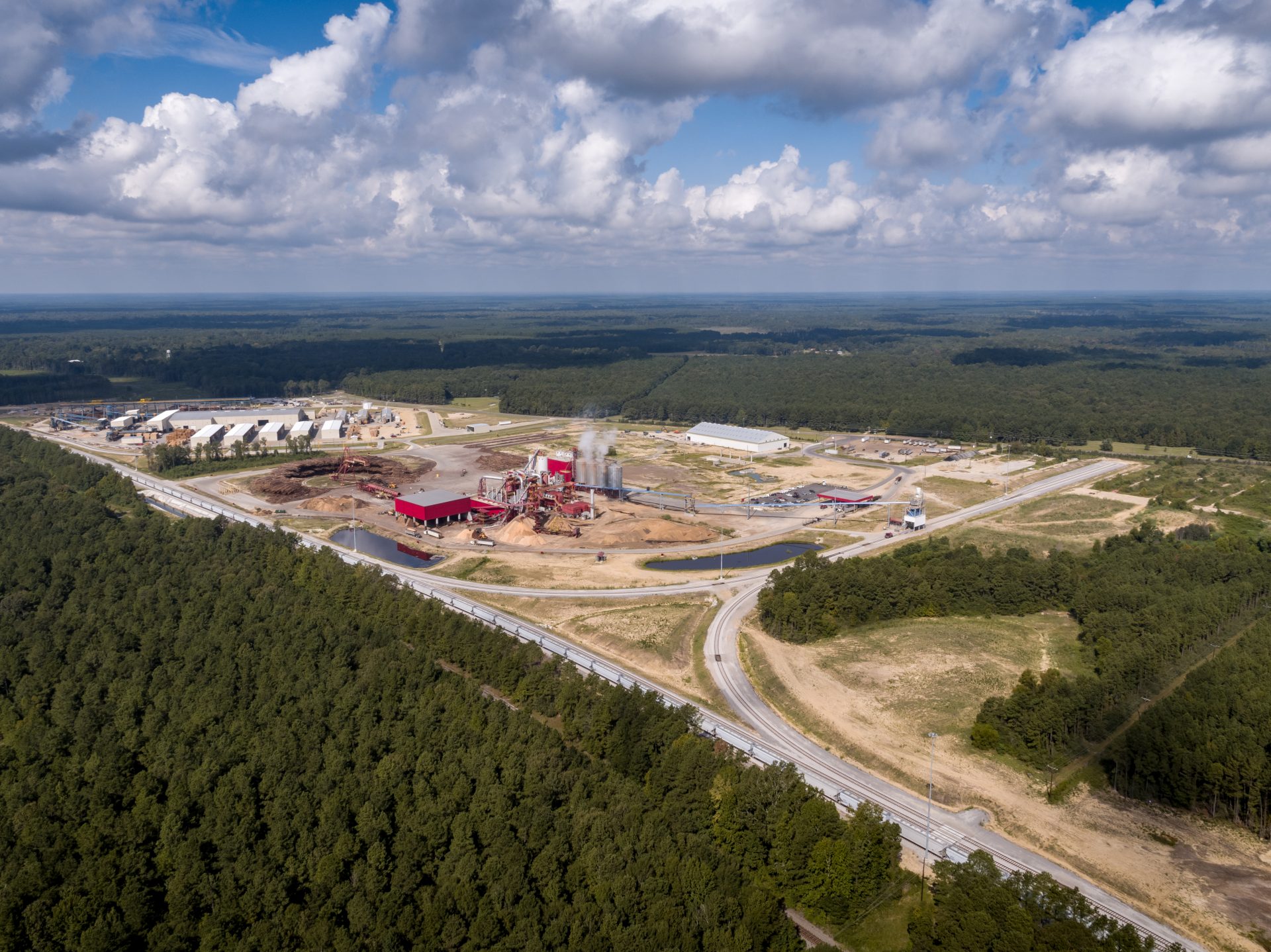
Drax LaSalle BioEnergy wood pellet plant in Louisiana is now co-located with a sawmill. A new rail spur became operational at LaSalle earlier in 2019. Click to view/download.
Drax continues to see flexible gas generation as an enabler of greater renewable and low carbon generation, in addition to supporting the development of hydrogen.
Any investment decision would reflect Drax’s objective of delivering earnings visibility and be underpinned by a 15-year capacity agreement to support a low double-digit rate of return. Drax would consider a range of funding options, including partnerships, consistent with Drax’s balance sheet objective of around 2 x net debt to Adjusted EBITDA(1) over time.
Drax remains committed to the capital allocation policy established in 2017.
The performance of the assets acquired from Iberdrola in December 2018 has been strong, particularly the pumped storage business which has performed well, driven by the system support market. Drax reiterates the Adjusted EBITDA(1) guidance provided at the time of acquisition, of £90-£110 million in the 2019 financial year.
In July, Drax completed the refinancing of the acquisition bridge facility used to acquire these assets. These facilities now extend the Group’s debt maturity profile to 2029, adding an ESG(2) facility with a mechanism that adjusts the margin based on Drax’s carbon emissions against an annual benchmark. The Group’s cost of debt is now below four percent and below three percent on the new facilities, reflecting the Group’s reduced business risk. The Group continues to identify opportunities to optimise its balance sheet and cash flow.
During the summer, Drax completed major planned outages on two biomass units. Following a delayed return to service, the plan is to run all four ROC(3) units at high utilisation levels in the fourth quarter of 2019.
The outlook for coal generation remains challenging and Drax continues to monitor the situation with regards to future operation, noting that all unabated UK coal generation must close by 2025.
Following formal confirmation from the UK Government, Drax expects the Capacity Market to be re-instated shortly, with full retrospective payments made for the capacity provided. Capacity payments due to Drax for 2019 and since the suspension of the Capacity Market in 2018 are £75 million. Drax expects these to be included in 2019 Adjusted EBITDA(1), with cash settlement in January 2020.
These factors underpin the Group’s expectations for full year Adjusted EBITDA(1), which remain unchanged and around 2 x net debt to Adjusted EBITDA(1) when adjusted to reflect cash payment of retrospective capacity payments received in January 2020.
The event will be webcast from 9.30am and the material made available on the Group’s website at the same time. Joining instructions for the webcast and presentation are included in the links below.
https://view-w.tv/3-1479-22819/en
https://www.drax.com/investors/capital-markets-day/
(1) Earnings before interest, tax, depreciation, amortisation, excluding the impact of exceptional items and certain remeasurements.
(2) Environmental Social and Governance.
(3) Renewable Obligation Certificate.
Website: www.drax.com
END
RNS Number: 8192T
